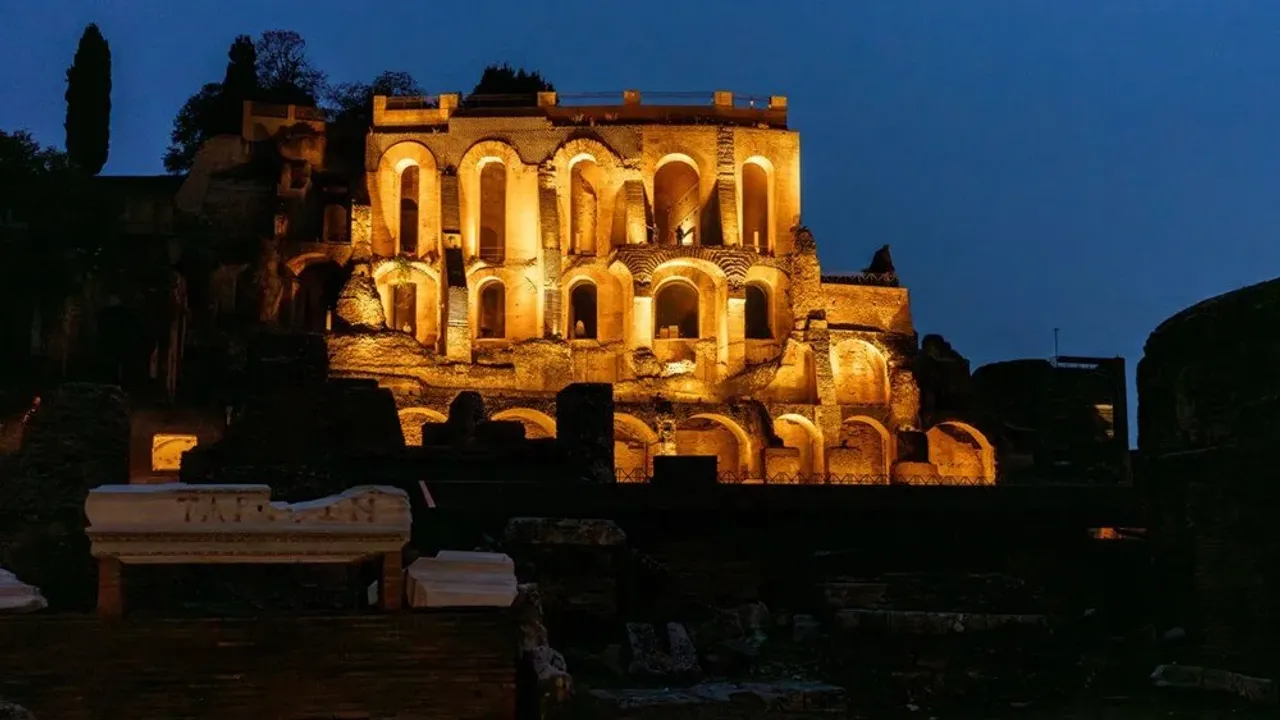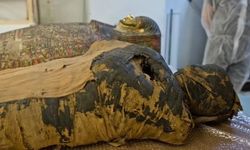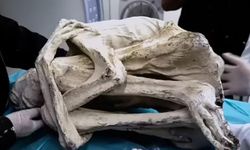The Domus Tiberiana palace, a dilapidated ruin near the Colosseum in Rome, built in the 1st century AD, is once again slated to become one of the city's most important tourist attractions.
The ancient palace, where imperial dynasties ruled for centuries, is located on the Palatine Hill, the oldest hill in the city that towers over Rome.
Over the years, however, the palace fell into disrepair and in the 1970s the Domus Tiberiana was closed to visitors because some of the ruins could collapse.
The palace's closure left what many Romans described as a "black hole" in the capital's archaeological center.
ROME'S FIRST IMPERIAL PALACE
After a six-year renovation, it has reopened its doors as a museum, with artifacts and frescoes placed throughout to give visitors a sense of the palace's grandeur.
The Domus Tiberiana was Rome's first imperial palace, built by the emperor Tiberius.
The palace included extensive gardens, as well as residences, places of worship and rooms for the emperor's guards.
As the center of Rome's power and politics, the Domus Tiberiana enjoyed a privileged location and offered its residents a "balcony view of the city".
Over time, the Domus became home to many emperors, including Nero, who was crowned on its steps in 54 AD at the age of just 16.
RESTORED TO ITS FORMER SPLENDOR
Alfonsina Russo, chief archaeologist for the renovation, said ancient artifacts, many of them exceptionally well-preserved, were unearthed during the project.
Among the newly uncovered frescoes are ancient paintings of lemons, considered an exotic fruit in Ancient Rome because it came from the Far East, and a depiction of a gladiator. This suggests that the gladiatorial games of the period were popular with wealthy families.
Russo said of the renovations, "This monument tells history. We have restored the Domus Tiberiana to its past splendor, but there is much more work ahead of us."
During the renovation, great efforts were made to blend the old with the new.
The series of majestic brown arches that greet visitors have been reconstructed using materials used by the ancient Romans in the past.
Since its reopening at the end of September, the Domus Tiberiana has attracted nearly 400,000 visitors.
Archaeologist and scholar of ancient Rome Giorgio Franchetti said that with the reopening of the Domus Tiberiana complex, Rome has "recovered a lost jewel".














